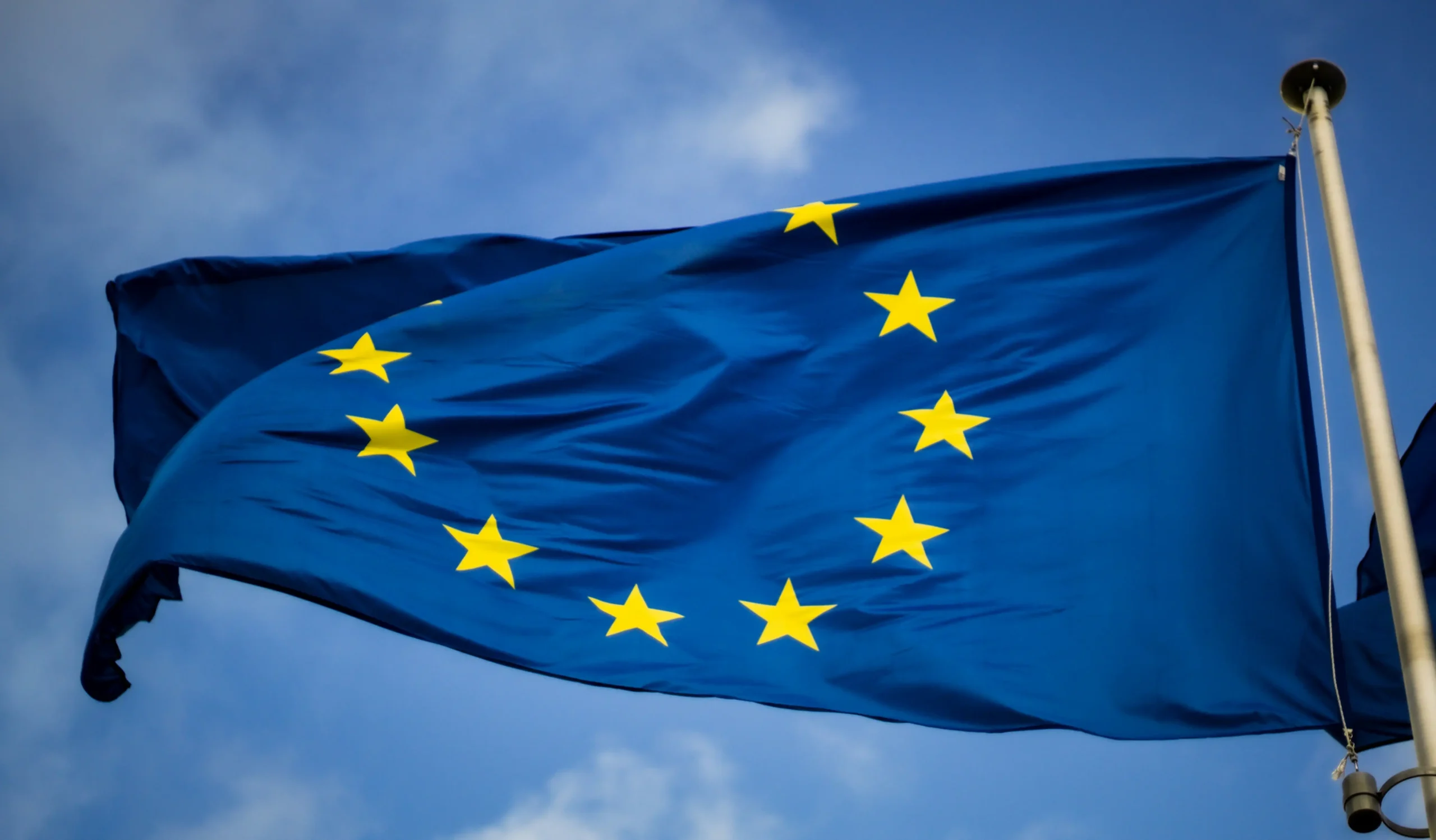In today’s global manufacturing landscape, ensuring products are safe, sustainable, and compliant with regulations is crucial. One such regulation that has a significant impact on the manufacturing of adhesives is the REACH regulation, which stands for Registration, Evaluation, Authorisation, and Restriction of Chemicals. As adhesives are critical to various industries, such as automotive, construction, and packaging, understanding how REACH compliance affects adhesive production is essential for manufacturers worldwide. In this blog, we will explore what REACH compliance entails and how it impacts adhesive manufacturing, the challenges faced by manufacturers, and what steps companies can take to ensure compliance.
What Is REACH Compliance?
REACH is a European Union regulation aimed at improving the protection of human health and the environment from the risks posed by chemicals. It requires manufacturers and importers to register chemical substances they produce or import into the EU, ensuring their safe use. REACH has a broad scope, affecting virtually every industry that deals with chemicals, including adhesives.
The regulation has four primary components:
1. Registration: Manufacturers must provide detailed information about the chemical substances they use in their products, including adhesives, to the European Chemicals Agency (ECHA).
2. Evaluation: ECHA and EU member states assess the data submitted to ensure that chemicals meet safety standards.

3. Authorisation: Certain chemicals of high concern are subject to authorisation before they can be used in manufacturing processes.
4. Restriction: The regulation places restrictions on certain chemicals to limit their use if they pose unacceptable risks to human health or the environment.
For adhesive manufacturers, complying with REACH means ensuring that the chemicals used in their products are registered, evaluated, and authorized for use within the EU market.
REACH Impact on Adhesive Manufacturing
1. Chemical Selection and Impact
One of the most significant impacts of REACH compliance on adhesive manufacturing is the way it affects the selection of chemicals. Adhesive manufacturers must ensure that the substances they use in their formulations are registered and authorized under REACH. If a chemical is deemed hazardous and not authorized, manufacturers may need to replace it with a safer alternative or reformulate their products.
For example, certain solvents and resins commonly used in adhesives may be restricted due to their environmental or health impacts. Manufacturers must carefully evaluate and choose chemicals that comply with REACH’s stringent safety standards, which could lead to innovation in the development of safer, more sustainable adhesives.
2. Production Process and Compliance Challenges
REACH compliance introduces several challenges for adhesive manufacturers, particularly in the production process. Manufacturers must ensure that all chemicals used are properly documented and that their suppliers provide the necessary data on the chemicals they supply. This requires manufacturers to establish robust supply chain management systems to ensure compliance at every stage of production.
The process of registering chemicals under REACH can be time-consuming and costly, especially for smaller manufacturers. Additionally, keeping up with ongoing changes to REACH regulations can be challenging, as new chemicals are continually added to the list of substances subject to authorization or restriction.

3. Product Innovation and Research
REACH compliance also affects the research and development (R&D) process for adhesive manufacturers. With increasing pressure to reduce environmental impact and ensure the safety of their products, manufacturers are pushed to innovate. This can involve developing new formulations that comply with REACH’s safety standards while maintaining performance, durability, and cost-effectiveness.
For example, adhesive manufacturers may explore the use of bio-based or water-based adhesives as alternatives to traditional solvent-based formulations, which are often subject to stricter REACH restrictions. Such innovations not only ensure compliance but also meet the growing demand for sustainable products in the market.
REACH Compliance and Global Market Impact
1. Influence on European Markets
The most direct impact of REACH compliance is on the European market. Adhesive manufacturers selling their products in the EU must comply with REACH regulations. This includes ensuring that the chemicals used in adhesives are registered, and the products themselves meet EU standards for safety and environmental protection.
For companies outside the EU that wish to sell adhesives within the European market, they must also adhere to REACH compliance. This may involve appointing an Only Representative (OR) to act on their behalf and handle the registration and communication processes with the European Chemicals Agency.
2. Global Influence of REACH Compliance
REACH has also influenced global markets. Countries and regions outside the EU, such as the United States and Asia, are increasingly aligning their regulations with REACH to ensure the safe and sustainable use of chemicals in manufacturing processes.
For adhesive manufacturers who export their products internationally, understanding and adhering to REACH compliance is essential to remain competitive. Compliance with REACH not only allows access to the EU market but can also serve as a benchmark for other markets that are adopting similar safety and environmental regulations.
Challenges in Achieving REACH Compliance
While REACH compliance is vital for manufacturers, it presents several challenges, including:
1. High Compliance Costs
The process of registering chemicals with the European Chemicals Agency (ECHA) can be expensive, particularly for smaller adhesive manufacturers. These costs can include registration fees, testing expenses, and the costs associated with gathering data required for the registration process.
2. Complex Documentation and Record-Keeping
Manufacturers must maintain detailed records of all chemicals used in their products, including their chemical composition and safety data. This requires a high level of organization and can be burdensome for manufacturers who are not equipped with the necessary systems and expertise.
3. Ongoing Monitoring and Adaptation
REACH regulations are constantly evolving. Manufacturers must regularly monitor regulatory updates and adapt their processes to stay compliant with new restrictions, authorizations, or requirements. This means ongoing efforts in ensuring that products remain compliant even after their initial registration.

How Adhesive Manufacturers Can Ensure REACH Compliance
Adhesive manufacturers can take several steps to ensure REACH compliance and navigate the challenges it presents:
Engage with REACH Consultants: Manufacturers should work with REACH consultants or legal experts to navigate the complex compliance process and stay up to date with regulatory changes.
Develop a Robust Supply Chain: Establishing strong relationships with suppliers who provide compliant raw materials is essential. Manufacturers should request safety data sheets (SDS) and other necessary documents to ensure their inputs meet REACH requirements.
Invest in R&D for Safer, Sustainable Adhesives: As REACH places increasing pressure on manufacturers to reduce harmful chemicals, investing in R&D for alternative formulations and sustainable practices can help ensure long-term compliance.
Future Trends in REACH Compliance for Adhesive Manufacturers
As the adhesive industry evolves, there are several trends to watch in REACH compliance:
Increased Focus on Sustainability: With growing environmental concerns, REACH will likely continue to prioritize the reduction of harmful chemicals. Adhesive manufacturers will need to focus on developing more sustainable, low-toxicity products.
Stricter Enforcement: As REACH continues to be implemented globally, we may see stricter enforcement of compliance, including more rigorous checks for chemicals and substances used in adhesive products.
Collaboration and Innovation: Manufacturers who embrace collaboration with suppliers and invest in innovative, eco-friendly solutions will likely be better positioned for long-term success in an increasingly regulated market.

Conclusión
REACH compliance plays a pivotal role in ensuring the safety, environmental sustainability, and quality of adhesives used in various industries. While it presents challenges, particularly regarding registration, cost, and ongoing adaptation to regulatory changes, the benefits of compliance—such as access to the European market, improved product safety, and environmental protection—far outweigh the difficulties. By staying informed and proactive, adhesive manufacturers can continue to innovate and meet both regulatory standards and consumer expectations for safer, more sustainable products.
Frequently Asked Questions (FAQ)
Q1: What is the cost of REACH compliance for adhesive manufacturers?
The cost varies depending on the number of chemicals being registered, the testing required, and the complexity of the registration process. Manufacturers may face significant upfront costs, especially for smaller companies.
Q2: How can adhesive manufacturers stay up to date with REACH regulations?
Manufacturers can stay informed by working with compliance consultants, attending industry conferences, and subscribing to regulatory updates from the European Chemicals Agency (ECHA).
Q3: What is the impact of REACH on the global adhesive market?
REACH has influenced global markets by setting a high standard for chemical safety and sustainability. Manufacturers who comply with REACH often find it easier to enter other international markets that align with similar regulations.
